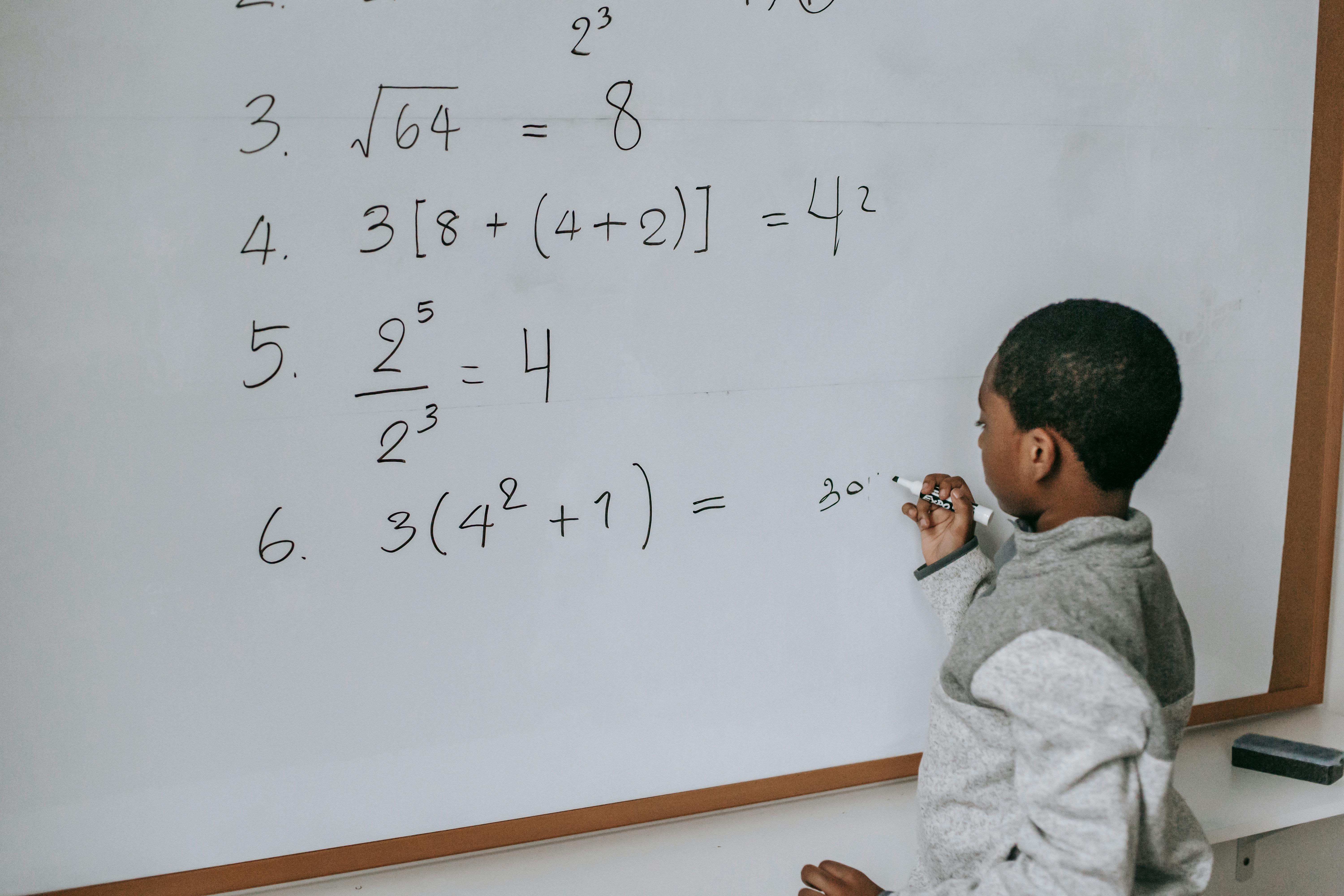🇨🇦 Canada’s Education System: Overview and Provincial Differences
Canada’s education system is world-renowned for its quality and equity. It is publicly funded and primarily managed by individual provinces and territories, not the federal government. While there are common values like accessibility, inclusivity, and bilingualism, each province and territory has its own curriculum, policies, and education structure.
General Structure Across Canada
| Level | Age/Grades |
|---|---|
| Pre-primary | Age 4–5 (Kindergarten) |
| Primary | Grades 1–6 or 1–7 |
| Secondary | Grades 7–12 (or up to Grade 11 in Quebec) |
| Post-secondary | College, University, or CEGEP |
| Province/Territory | Key Features & Differences |
|---|---|
| Alberta | Strong standardized testing (PATs, Diploma Exams), multiple school options (public, Catholic, charter), strong academic reputation. |
| British Columbia | Focus on core competencies, flexible curriculum emphasizing personalized learning, early adoption of technology in classrooms. |
| Manitoba | Offers English and French instruction, with strong Indigenous education initiatives and multicultural programming. |
| New Brunswick | Officially bilingual—has two separate education systems (English and French). Focus on early literacy and numeracy. |
| Newfoundland & Labrador | Single English-language public system, inclusive education, curriculum aligned with other Atlantic provinces. |
| Nova Scotia | Emphasizes student well-being, digital literacy, and mental health support. Focused on 21st-century skills. |
| Ontario | Largest and most diverse system. Offers publicly funded Catholic and French-language schools. EQAO standardized testing. |
| Prince Edward Island | Small, centralized system; strong community engagement and early learning focus. |
| Quebec | Unique structure: High school ends at Grade 11, followed by CEGEP (pre-university or technical college). Strong French-language education. |
| Saskatchewan | Locally developed curriculum, strong Indigenous and rural education focus, including land-based learning. |
| Yukon | Follows B.C.’s curriculum with territorial adaptations, focus on small, community-based schools and First Nations content. |
| Northwest Territories | Bilingual (English and Indigenous languages), culturally responsive curriculum with emphasis on Northern identity. |
| Nunavut | Strong emphasis on Inuit language and culture in schools, bilingual education (Inuktitut and English), land-based programs. |
-
Universities: Found in every province; offer degrees in various disciplines.
-
Colleges/Polytechnics: Focus on applied learning, trades, and technical programs.
-
CEGEP (Quebec): Unique two-year system before university or technical careers.
🇨🇦 Common Strengths Across Canada
-
High international performance in reading, math, and science (PISA).
-
Multicultural, inclusive classrooms.
-
Publicly funded education up to secondary level.
-
Internationally recognized post-secondary institutions.

Objectifs
- Comprendre l’importance de l’analyse d’emploi, connaître les méthodes pour la réaliser, en recommander l’utilisation et en appliquer certaines.
- Comprendre la gestion des compétences, la comparer à l’approche traditionnelle et développer des profils de compétences.
- Distinguer les différentes façons d’évaluer les compétences.
- Saisir l’importance de la rigueur dans la mesure en GRH et différencier la validité, la fidélité et l’utilité.
Contenu :
- Définition de l’analyse d’emploi.
- Étude des méthodes pour procéder à l’analyse d’emploi (entretien, observation, incidents critiques, dictionnaire occupationnels, etc.).
- Rédaction de descriptions de poste.
- Définition de l’approche par compétences et sa distinction par rapport à l’approche traditionnelle par poste.
- Notions de compétence, dictionnaire et profil de compétences.
- Élaboration de profils de compétences et d’indicateurs comportementaux.
- Notions d’erreurs/biais de mesure, de validité, fidélité et d’utilité dans la mesure en GRH et le choix des instruments de mesure.
- Teacher: Bouyela Education Corporation

📚 Bouyela Book Access & Educational Equity Program (BAEEP)
Opening books. Opening minds. Empowering every learner.
🎯 Program Mission
To reduce educational barriers by increasing access to textbooks, learning materials, and custom academic support, ensuring that all students—regardless of financial or linguistic background—have the tools they need to succeed.
📘 Program Components
1. Affordable & Accessible Book Lending Library
A centralized, rotating collection of essential textbooks, study guides, and reference materials covering:
-
Core university and college subjects (math, sciences, humanities, arts, etc.)
-
Specialized resources for faculties like medicine, law, education, architecture, and design
-
Bilingual and international editions where available
📦 Features:
-
Free or low-cost borrowing system for registered students
-
Extended loan options for low-income or international students
-
Online searchable database with reservation and renewal options
-
Drop-in and mail-in book return points
2. Digital Access & Open Educational Resources (OER)
💻 A curated online hub offering:
-
Free e-books and digital course materials from open-access publishers
-
Study guides, lecture notes, and recorded academic workshops
-
Resources aligned with university curriculum requirements
-
Multilingual support (English/French + options for translation tools)
3. Book Sponsorship & Donation Program
📚 “Sponsor a Shelf” Initiative
Partner with alumni, donors, and community organizations to:
-
Donate books or funds toward specific disciplines or faculties
-
Support named scholarships that include textbook grants
-
Provide honor-based borrowing for students in financial difficulty
4. Study Support & Curriculum Navigation
📖 Pair access to books with guidance services, such as:
-
Help understanding course outlines and required readings
-
Academic coaching for students new to Canadian or Quebec curricula
-
Group study sessions based on shared reading materials
-
One-on-one support for students facing reading, language, or comprehension challenges
5. Inclusive Learning Materials Support
🔍 Tailored solutions for:
-
Students with visual impairments or learning differences (e.g., access to audio books, large-print materials)
-
Neurodiverse learners needing alternative reading formats
-
Indigenous and international students looking for culturally relevant content
🎓 Who Can Benefit?
-
Canadian and international students across all provinces
-
First-generation university students
-
Students facing financial hardship
-
Those in rural, remote, or underserved communities
-
Learners returning to school or transitioning programs
🤝 Partnerships & Collaborations
-
Collaborate with local universities and student unions
-
Partner with libraries, publishing houses, and open-access platforms
-
Seek funding through educational foundations and government literacy grants
📝 How to Get Involved
-
🎁 Donate textbooks or contribute financially
-
📚 Request books or access resources as a student
-
📅 Book a session to receive personalized academic guidance
-
🧠 Volunteer as a tutor, mentor, or resource coordinator
🚀 Launch Impact
By launching BAEEP, Bouyela Education Corporation would demonstrate its commitment to education equity, student empowerment, and accessible learning—transforming access into achievement for students across Canada.
Email: bec@bec.center
- Teacher: Bouyela Education Corporation

Course Description:
This course explores fundamental mathematical concepts and effective instructional strategies for teaching mathematics at the elementary and middle school levels. Emphasis is placed on number sense, operations, algebraic thinking, geometry, measurement, and data analysis, aligned with national and state standards. Students will engage in hands-on activities, problem-solving, and lesson planning to develop the skills needed to foster mathematical understanding in diverse classroom settings.
- Teacher: Bouyela Education Corporation